The Pitfalls of Mixing Skincare Ingredients
Understanding the Risks and Best Practices
In pursuing flawless skin, it's tempting to experiment with various skincare products and concoctions. However, not all ingredients play well together; some combinations can do more harm than good. Let's delve into the dos and don'ts of mixing skincare ingredients to ensure your skincare routine is effective and safe.
Skincare Ingredients to Avoid Mixing
When it comes to skincare, knowledge is power. Here are some key ingredient combinations to steer clear of:
1. Retinol and Chemical Exfoliants
- Retinol, a potent anti-ageing ingredient, accelerates cell turnover for smoother skin.
- Chemical exfoliants like AHAs and BHAs also promote exfoliation.
- Mixing these two can lead to over-exfoliation, causing redness, irritation, and dryness.
2. Vitamin C and Acidic Ingredients
- Vitamin C is prized for its brightening and antioxidant properties.
- Acidic ingredients such as glycolic or salicylic acid can alter the pH of vitamin C formulations, reducing their effectiveness.
- While technically safe to use together, it's best to use them separately for optimal results.
3. Acne Treatments and Chemical Exfoliants
- Benzoyl peroxide effectively targets acne-causing bacteria.
- Chemical exfoliants aid in acne reduction by clearing dead skin cells.
- However, combining these can lead to excessive skin irritation and flakiness.
Frequently Asked Questions
- Q: Can I use retinol and AHAs/BHAs together?
Under dermatological guidance, some formulations combine retinol and hydroxy acids effectively. However, using separate products requires careful consideration of their formulations and potential for irritation.
- Q: Is it safe to mix vitamin C with acidic ingredients?
While technically safe, combining vitamin C with acidic ingredients may reduce its efficacy. Optimal results are achieved by using them separately.
- Q: How should I use acne treatments and chemical exfoliants together?
Alternating their use on different days can minimise skin irritation while reaping the benefits of both products.
In the ever-evolving landscape of skincare, knowledge is your best ally. You can optimise your skincare routine for glowing, healthy skin by understanding which ingredients to mix and which to avoid.

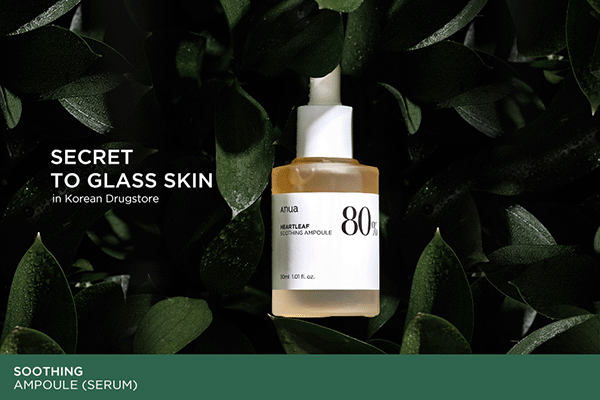
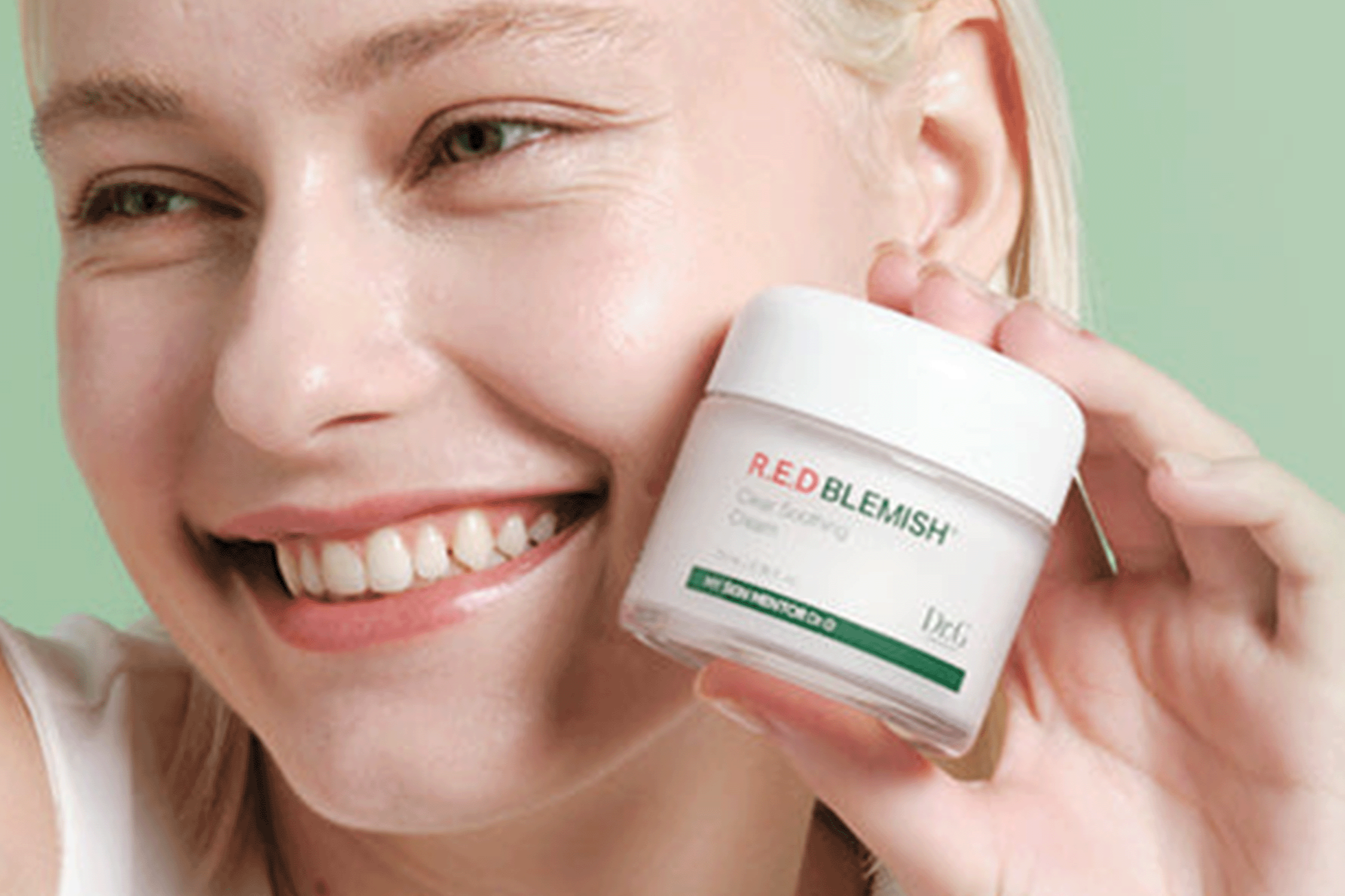
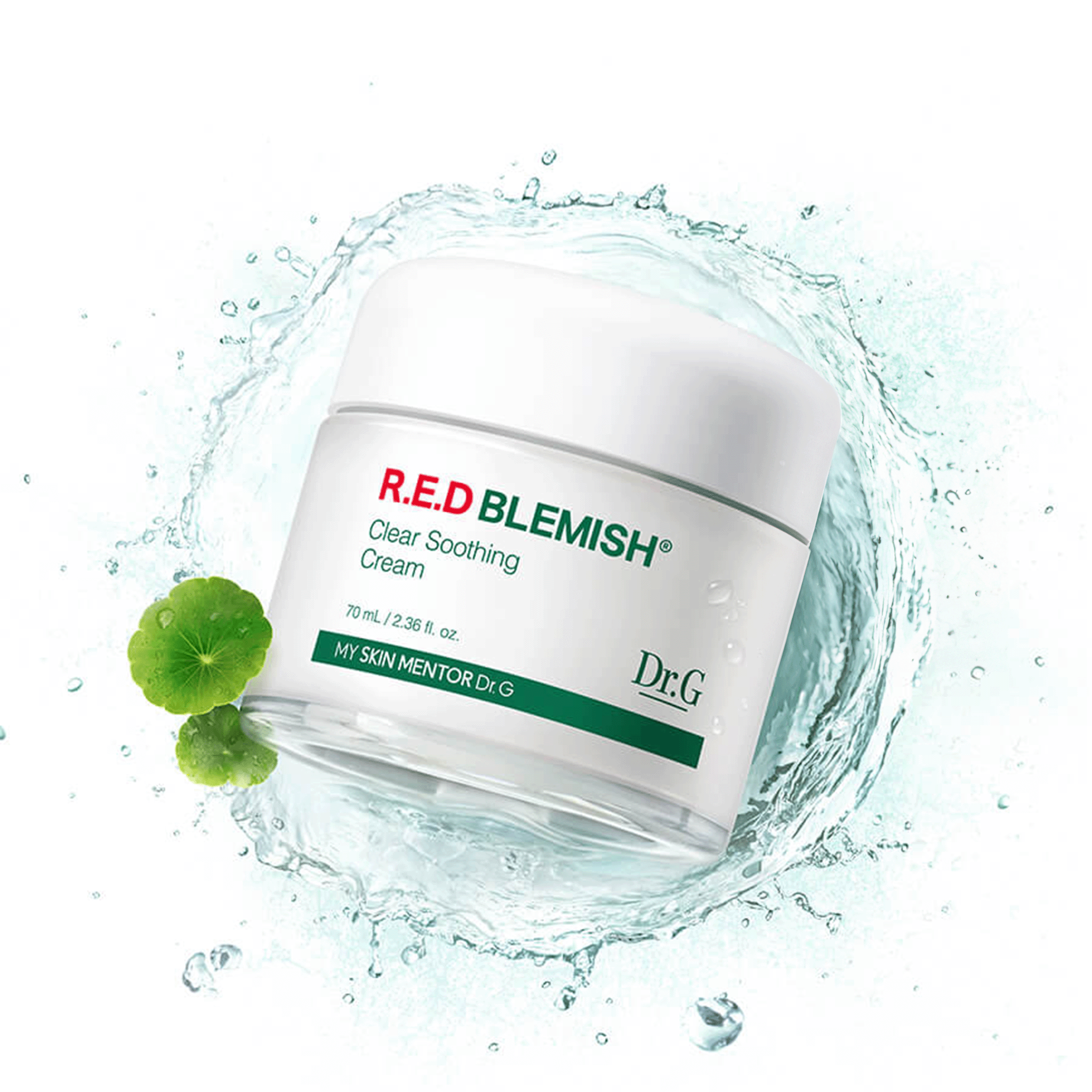
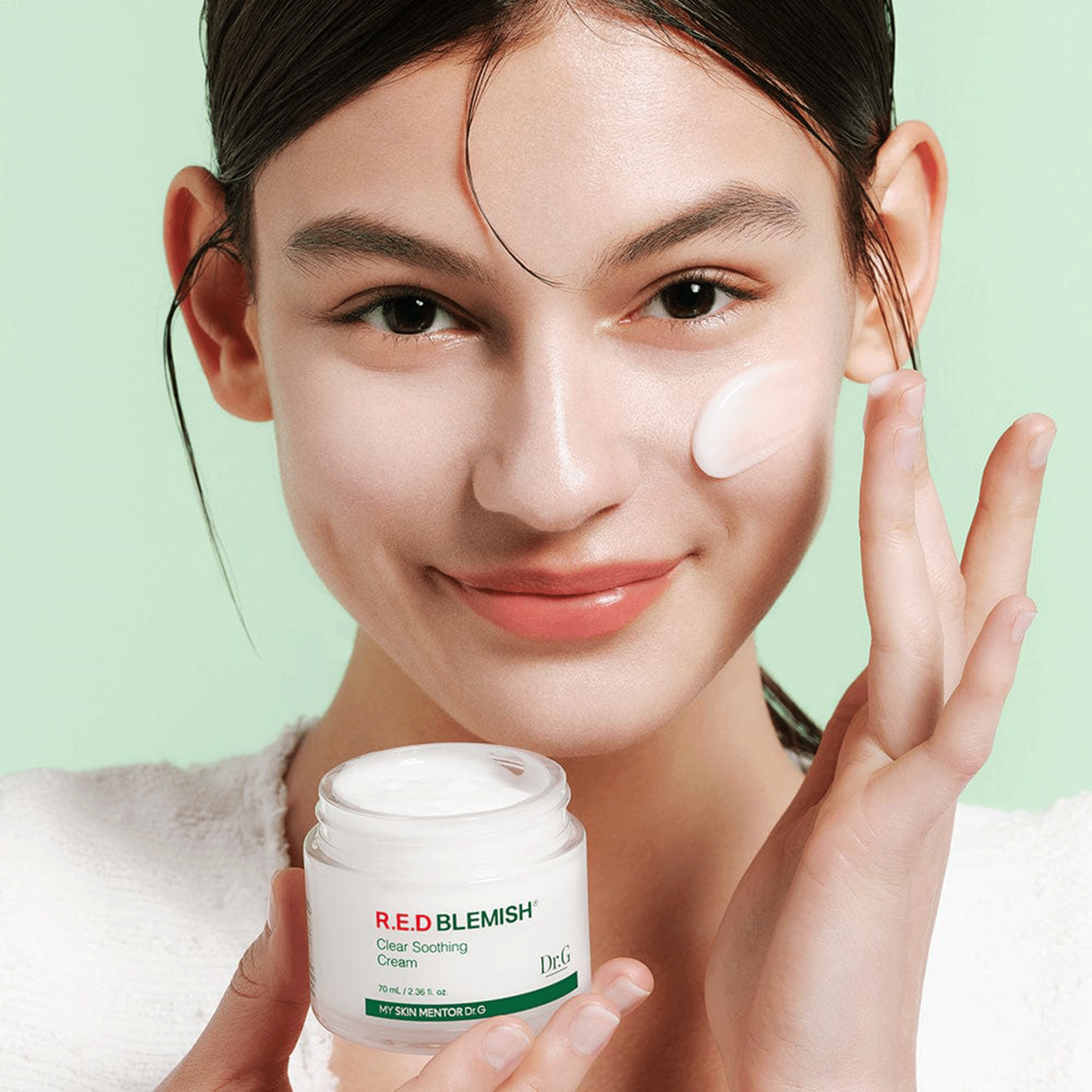
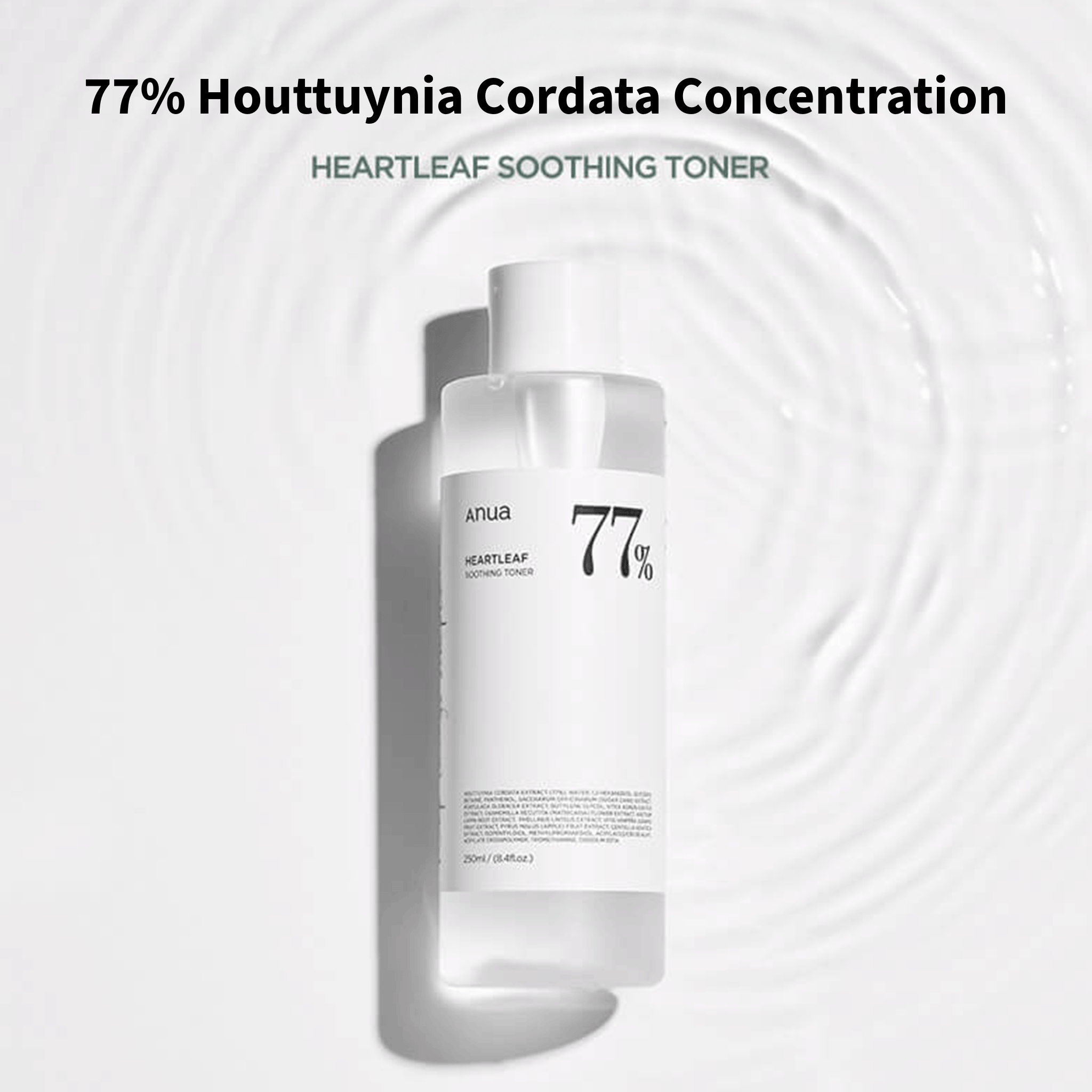
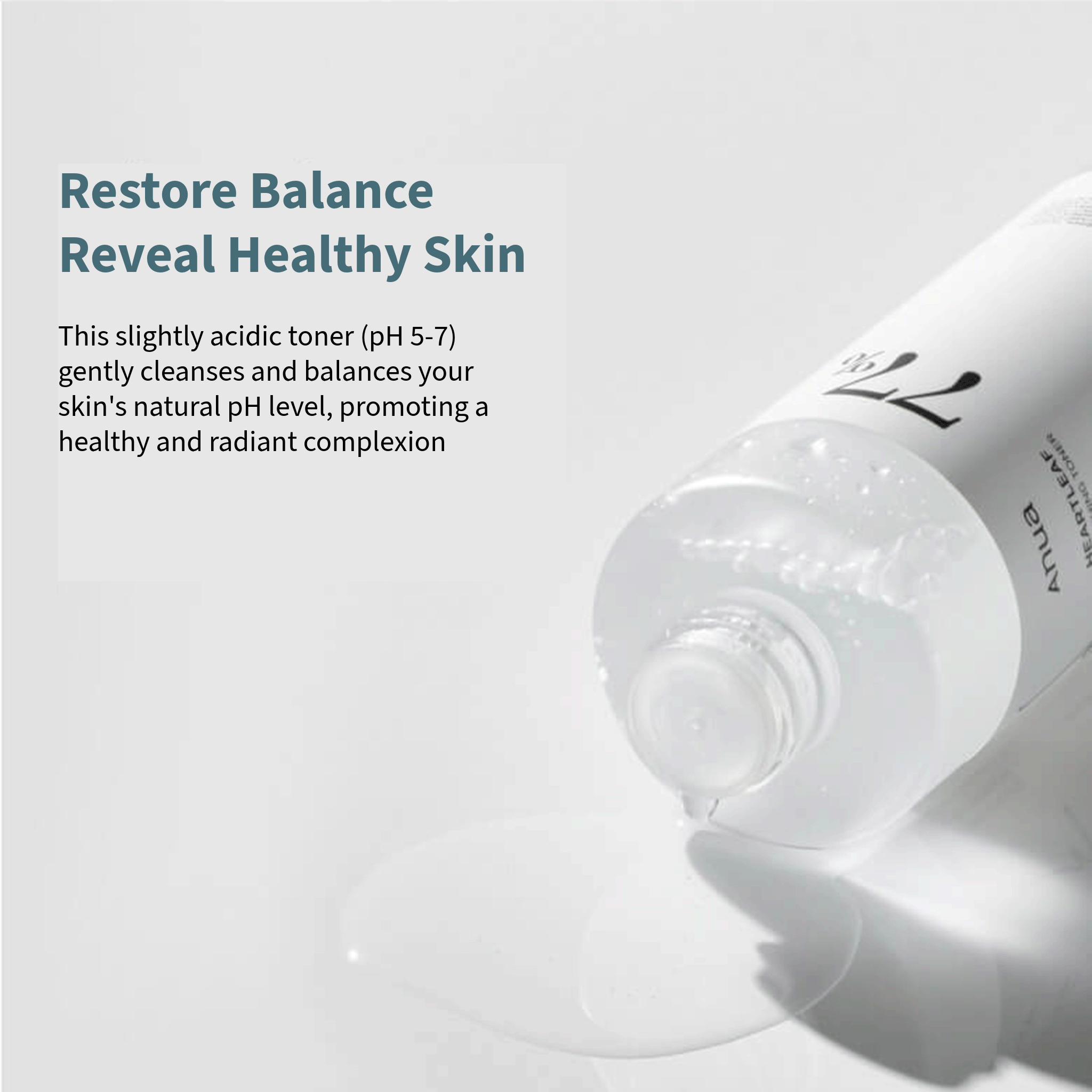
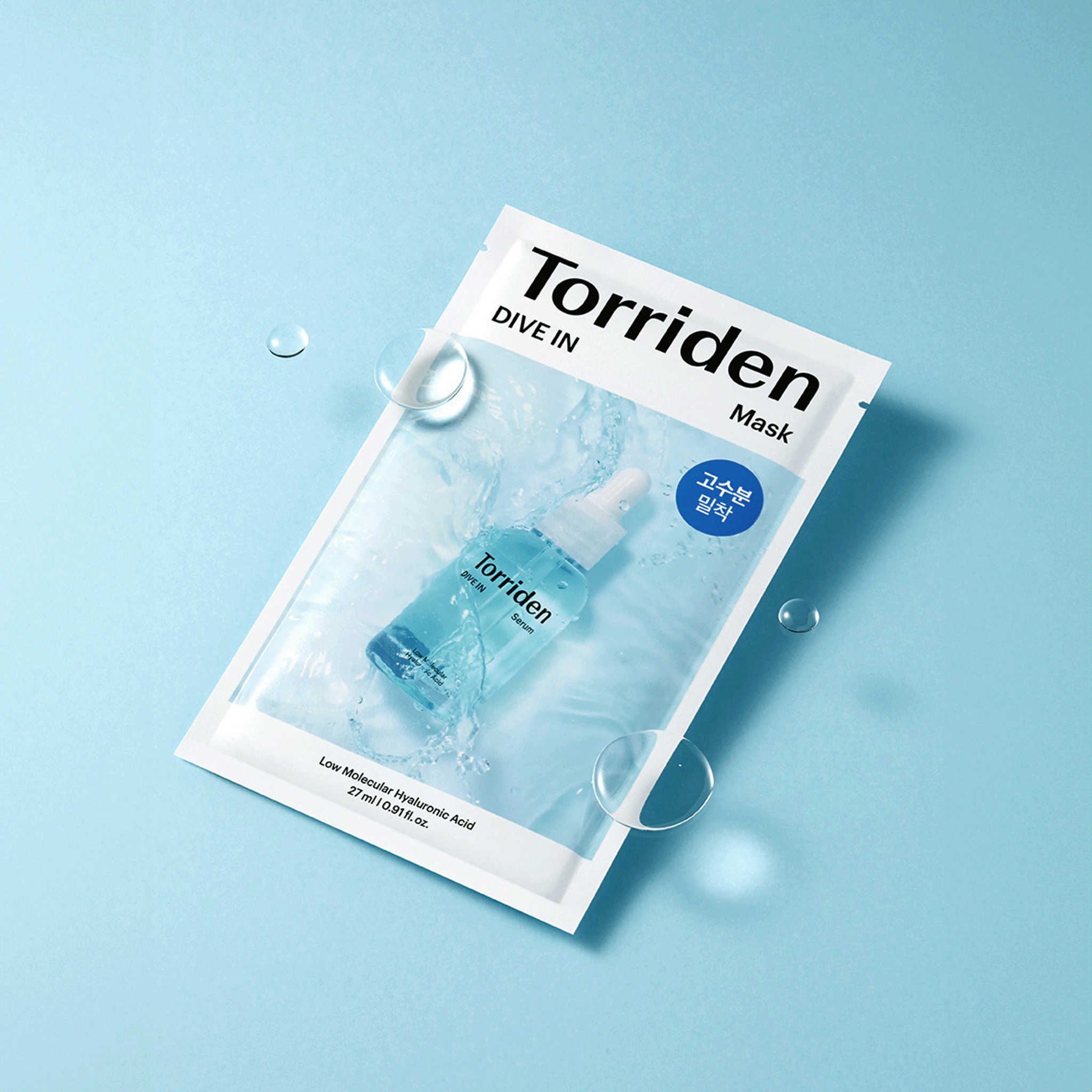
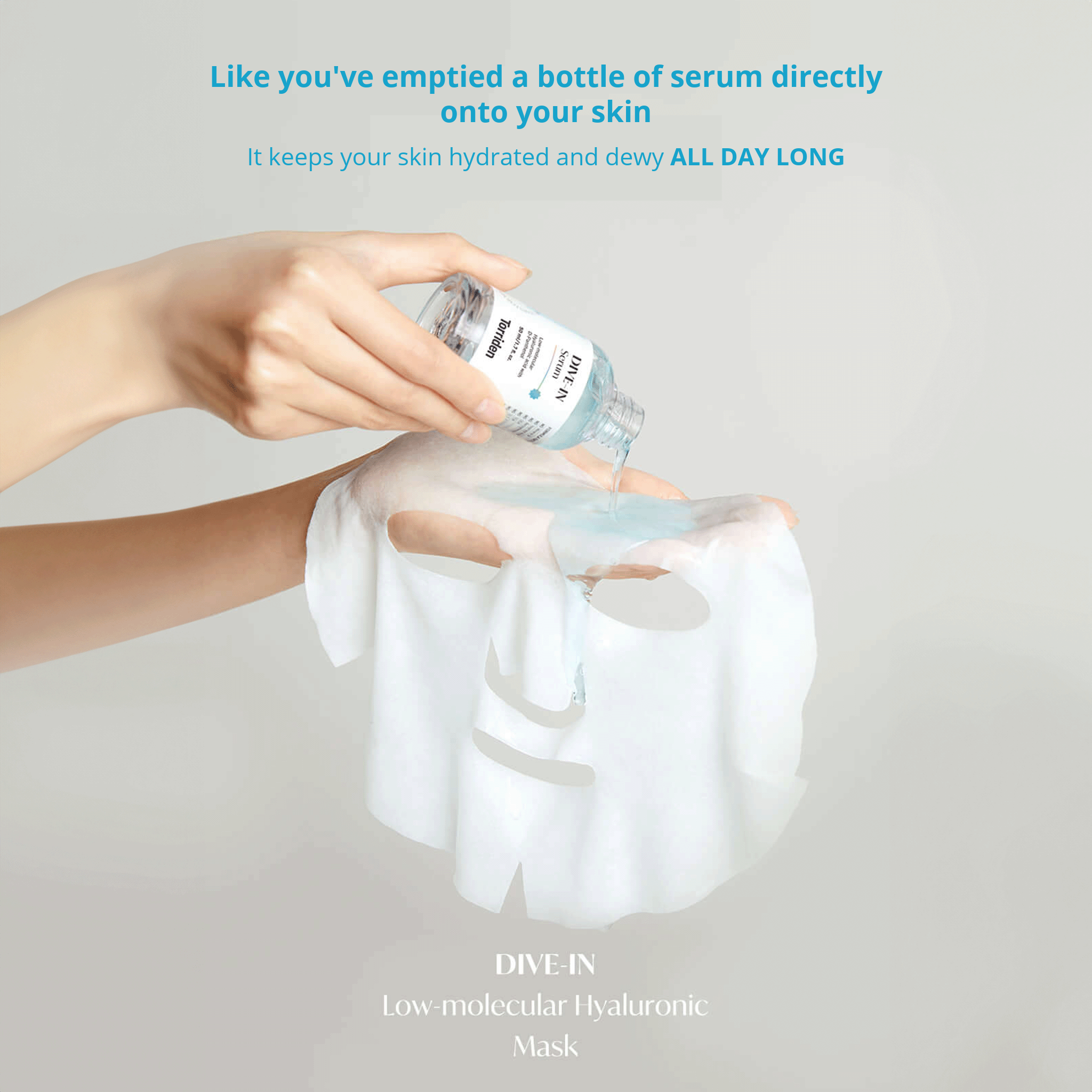
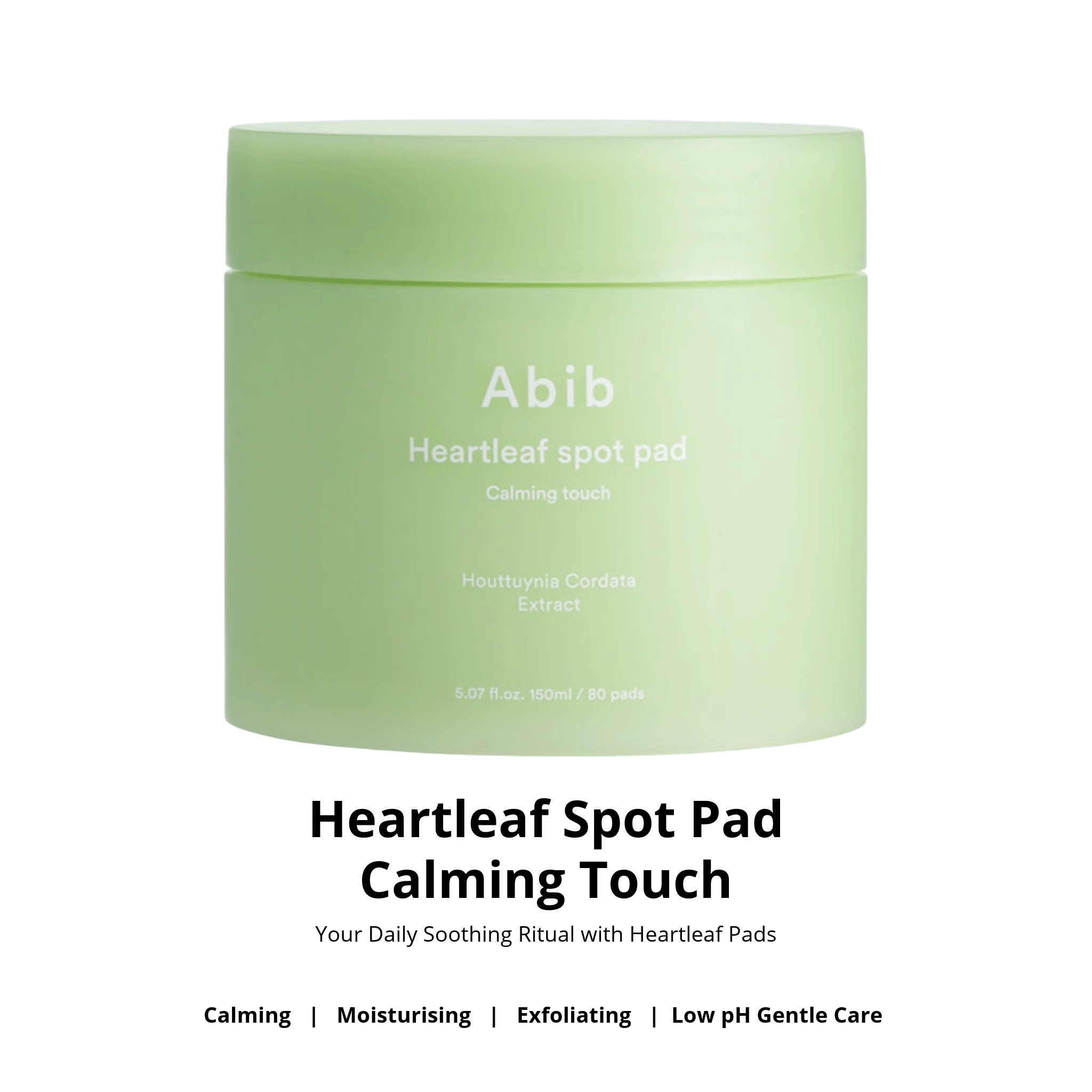
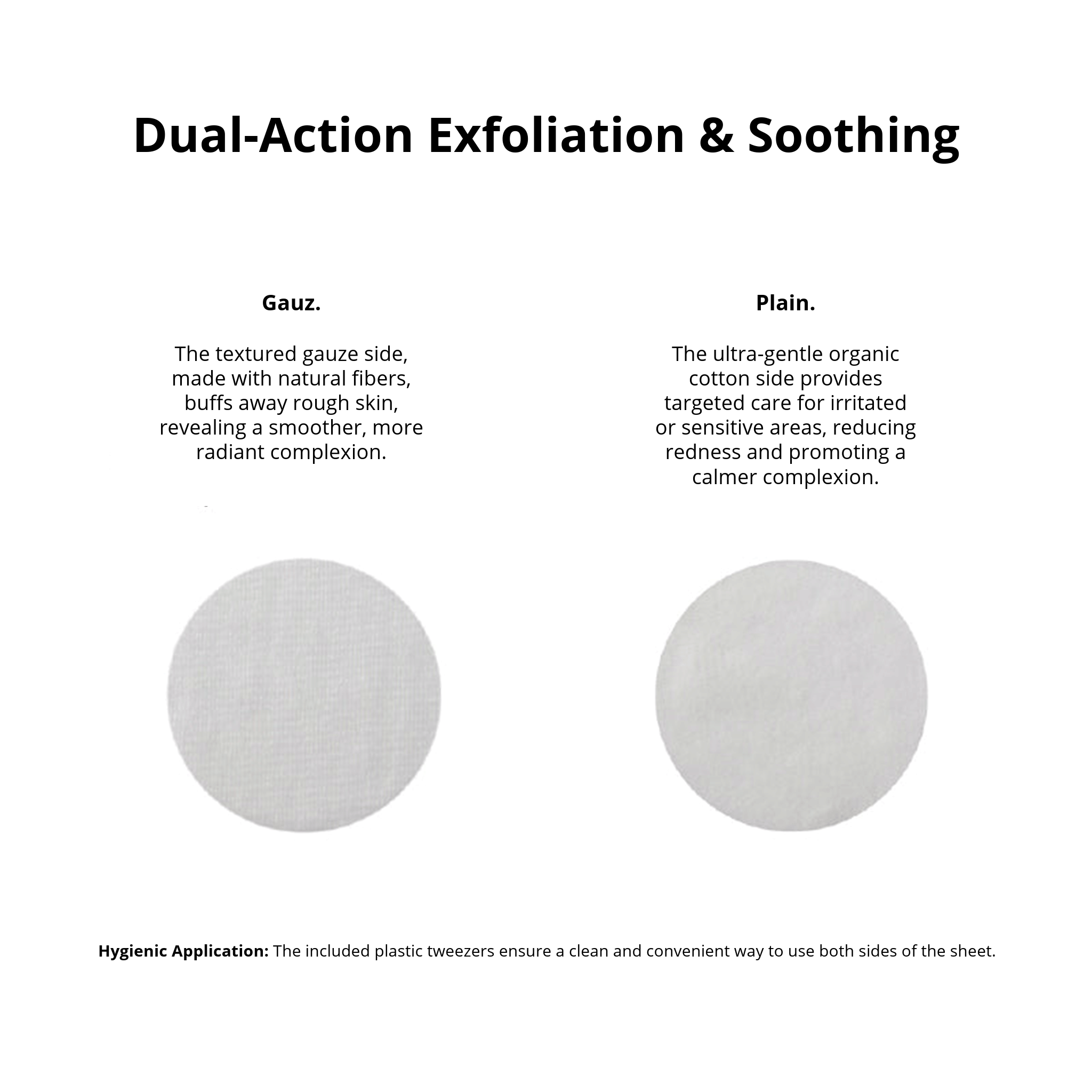
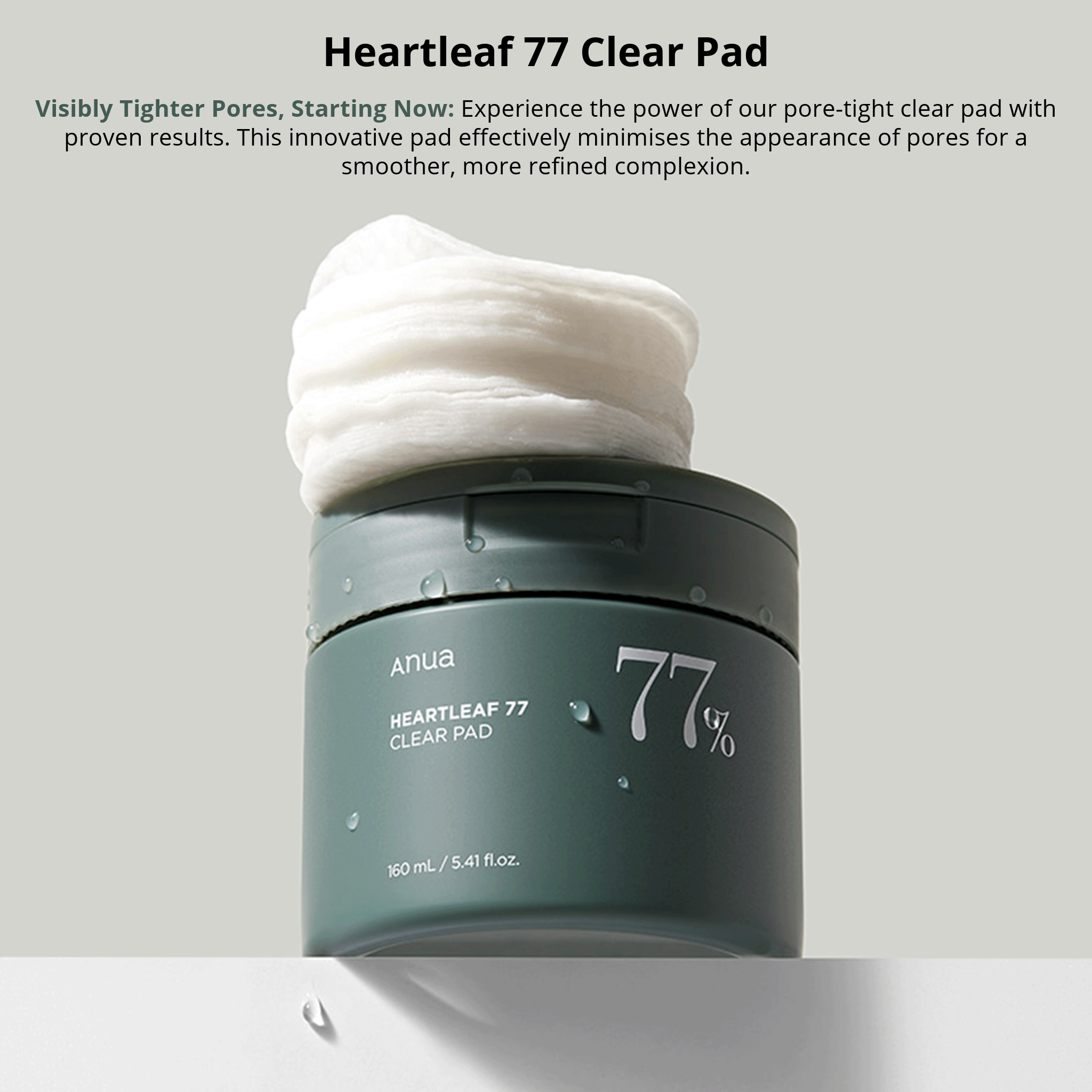
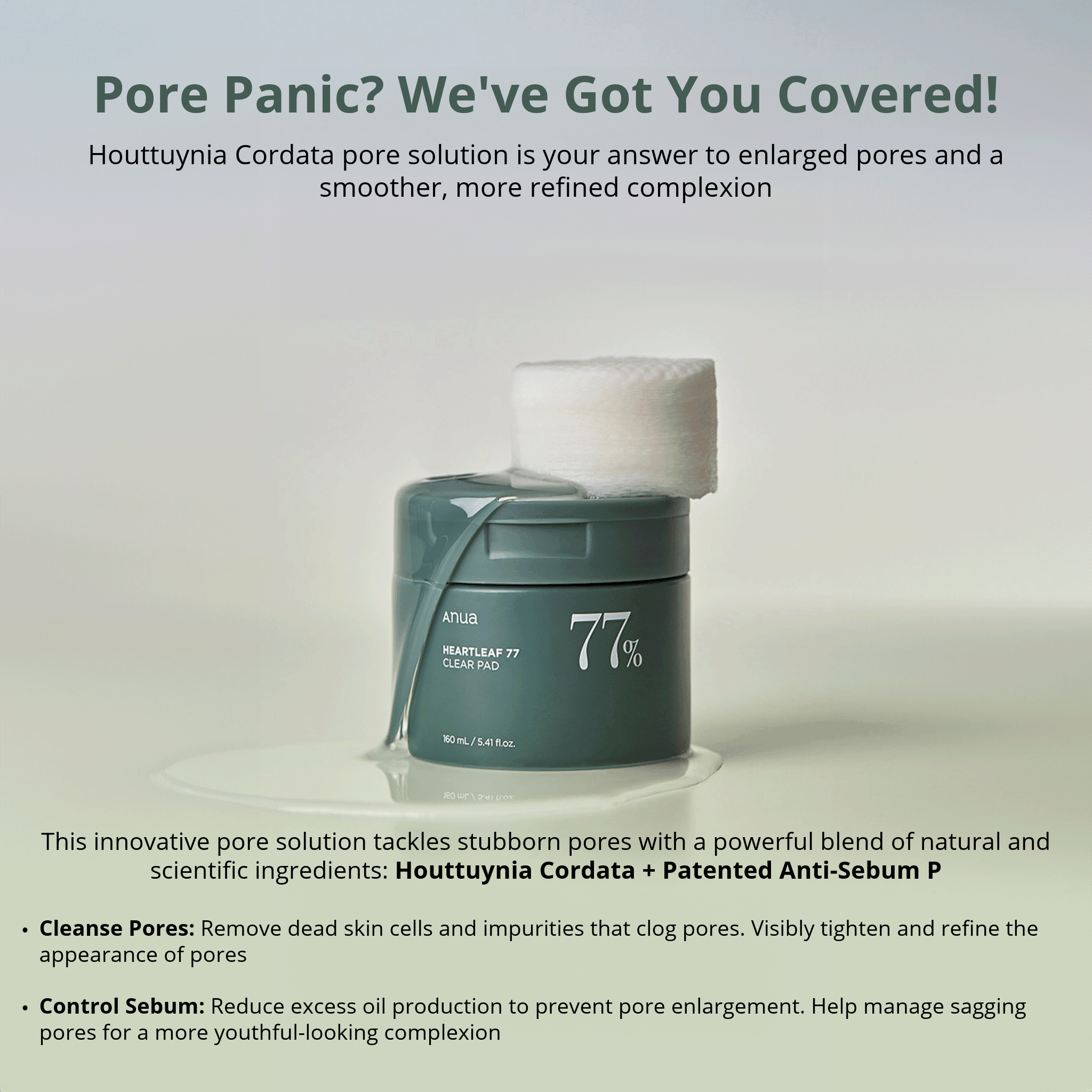
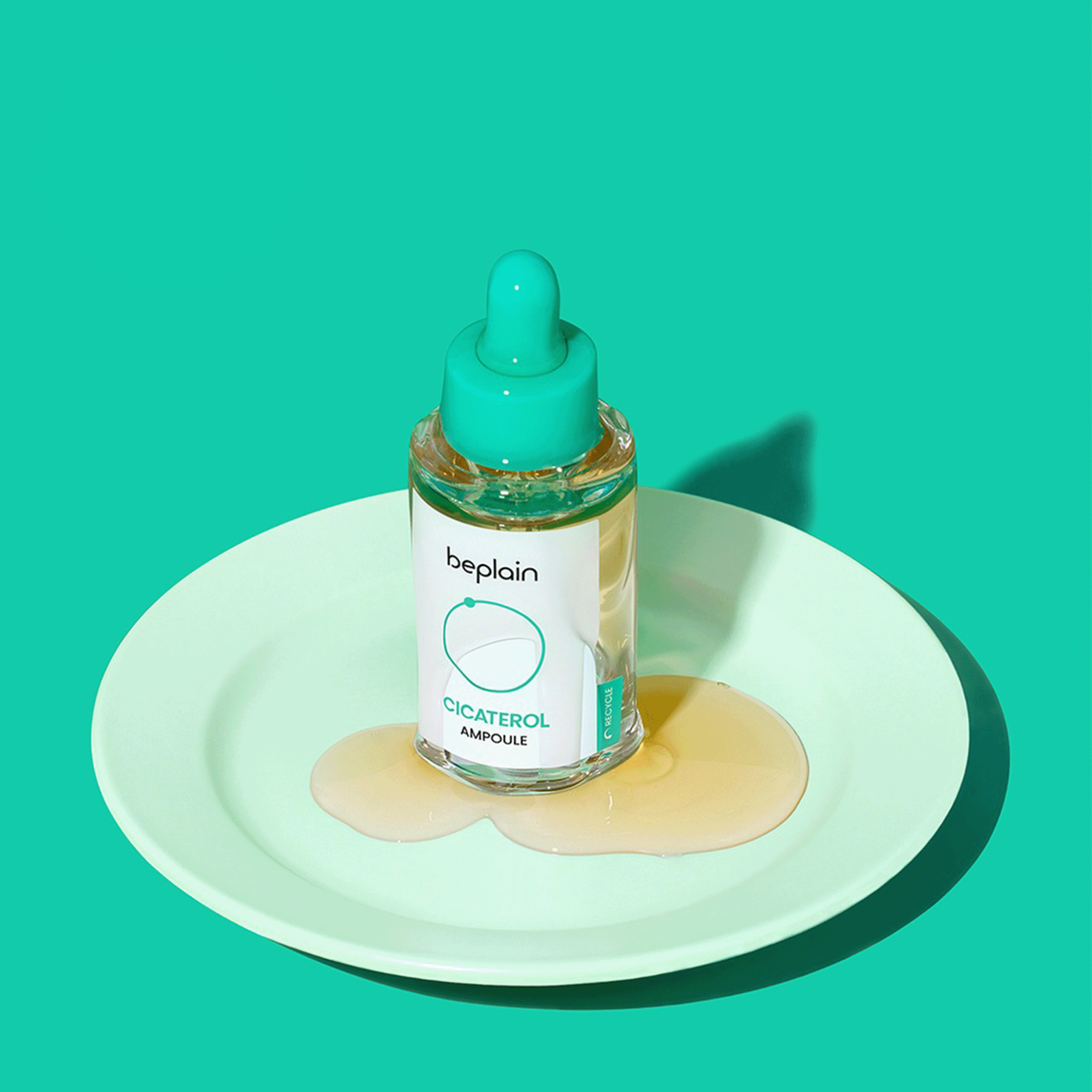
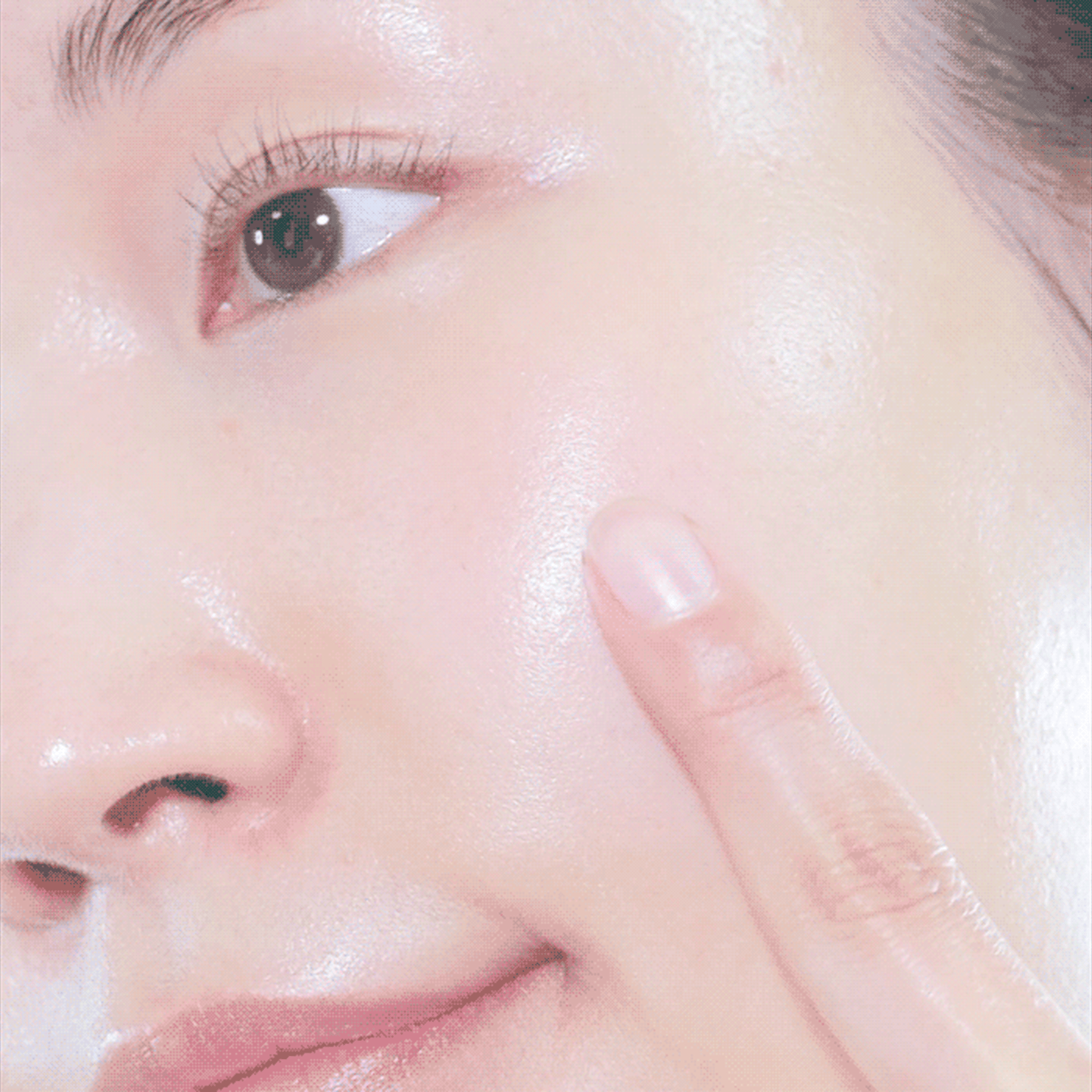
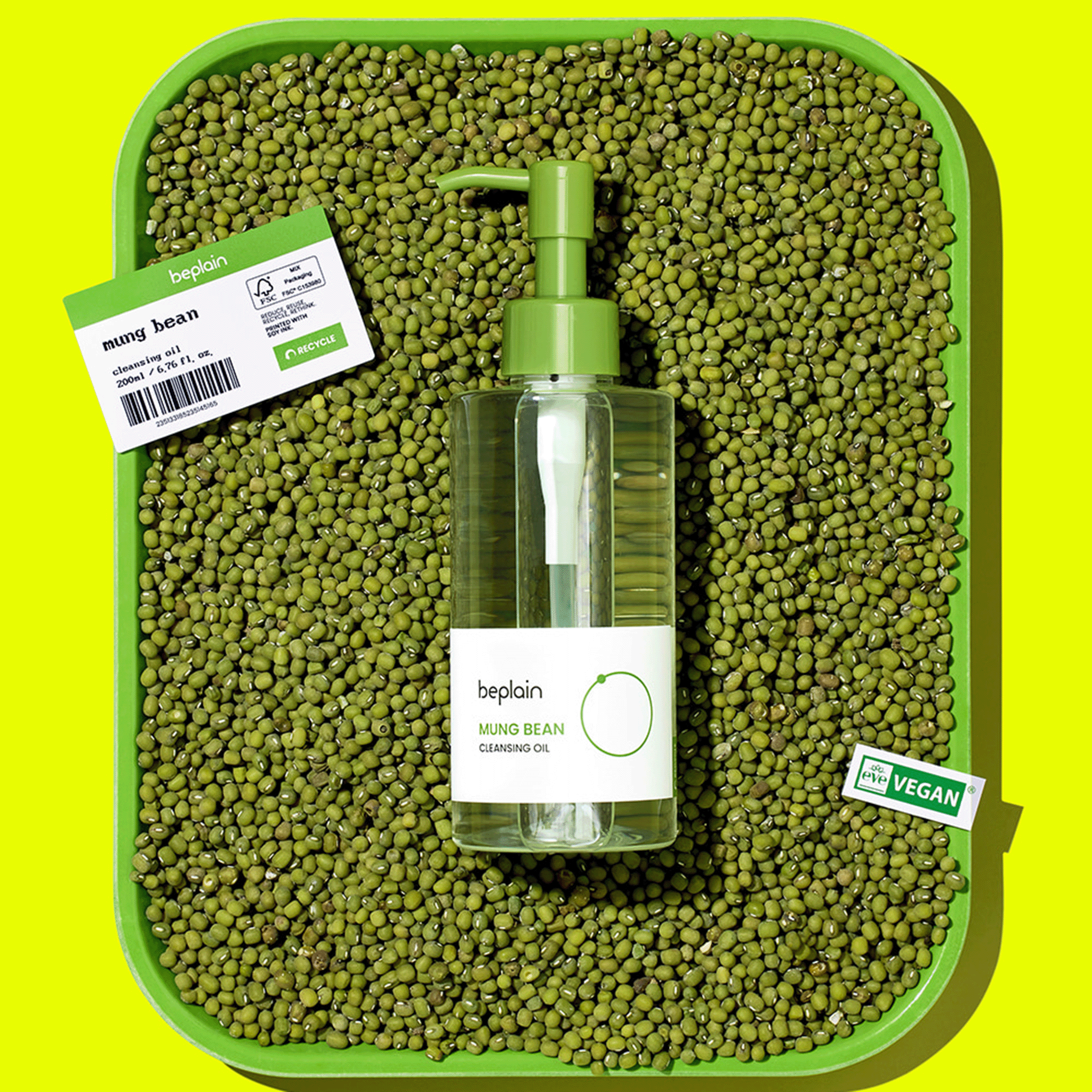
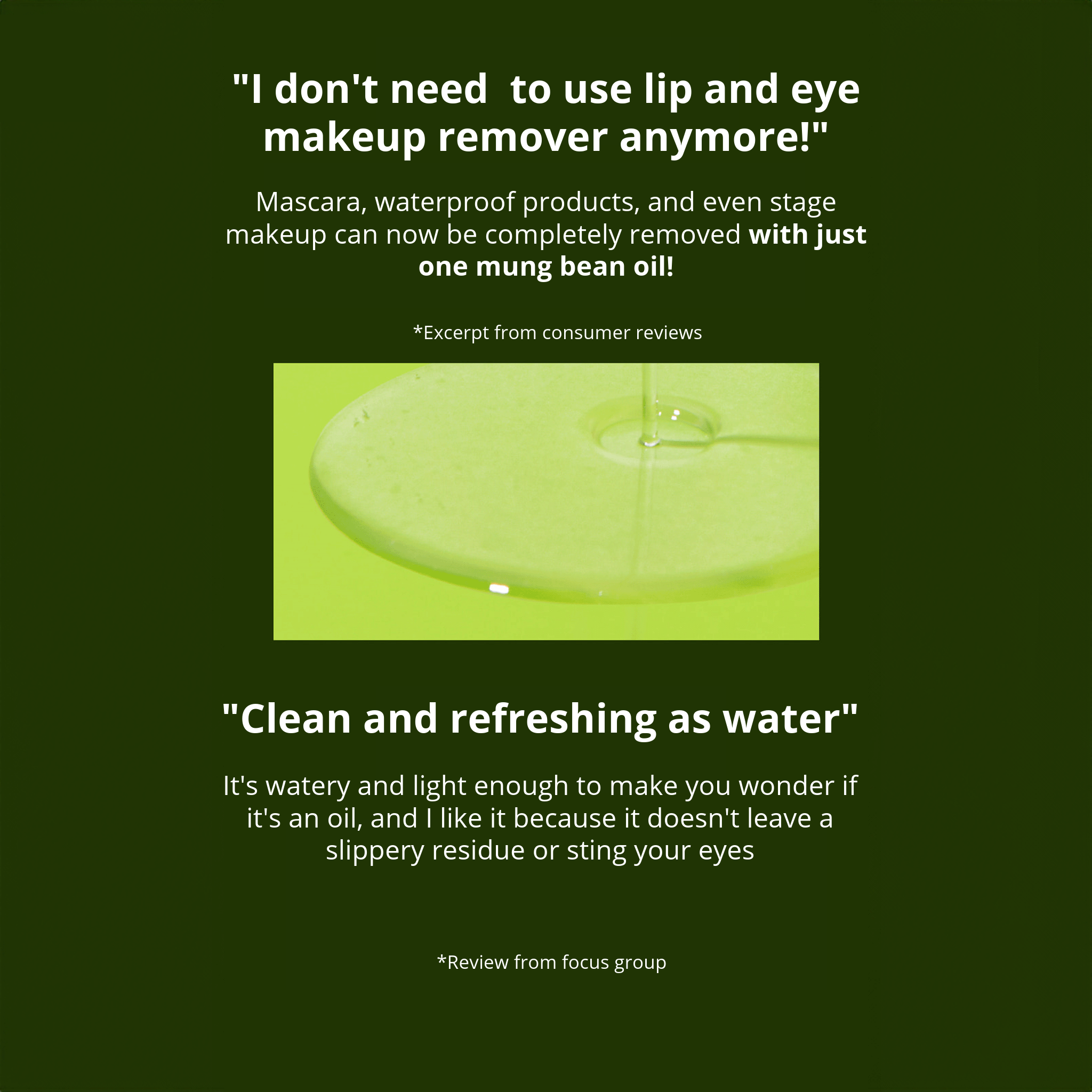
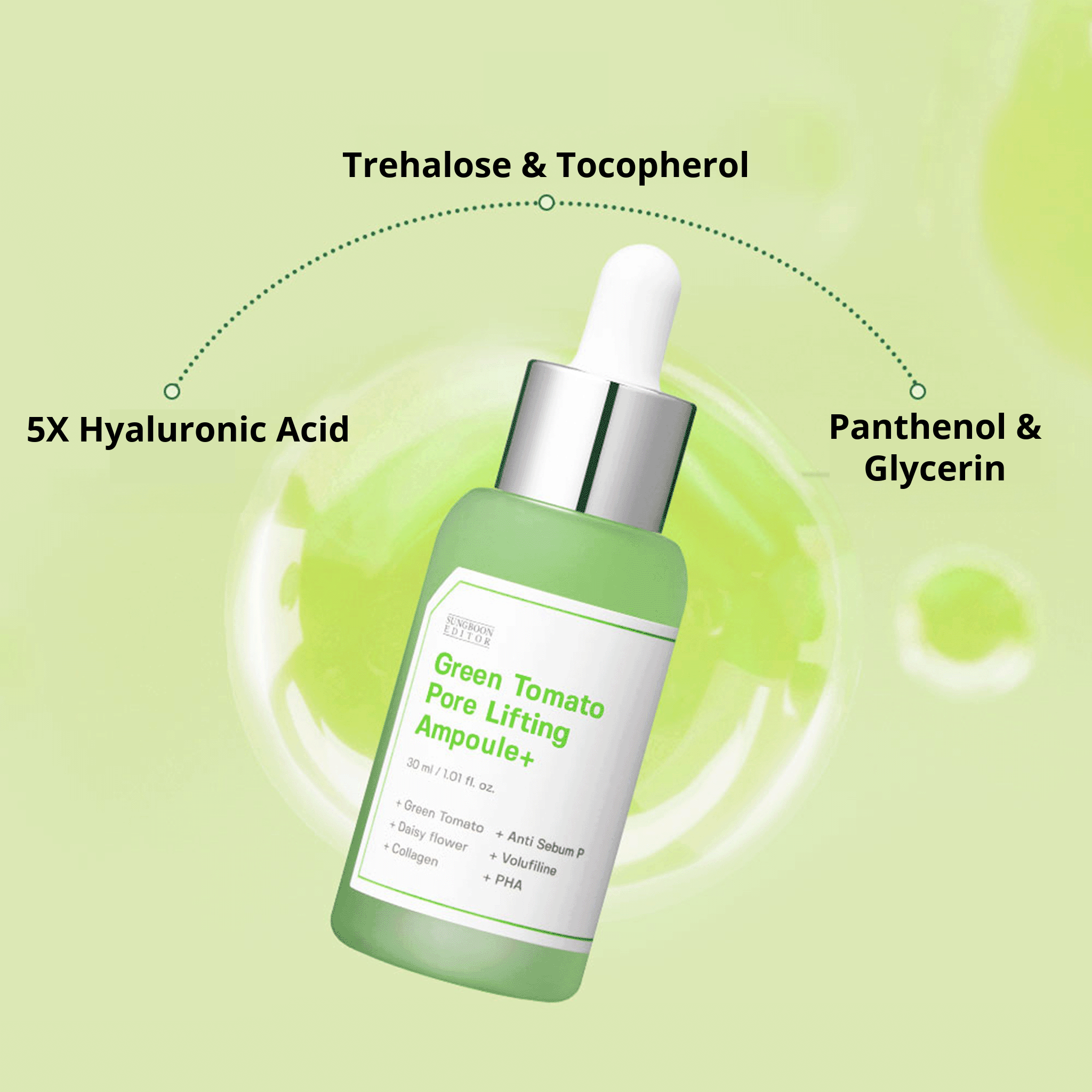
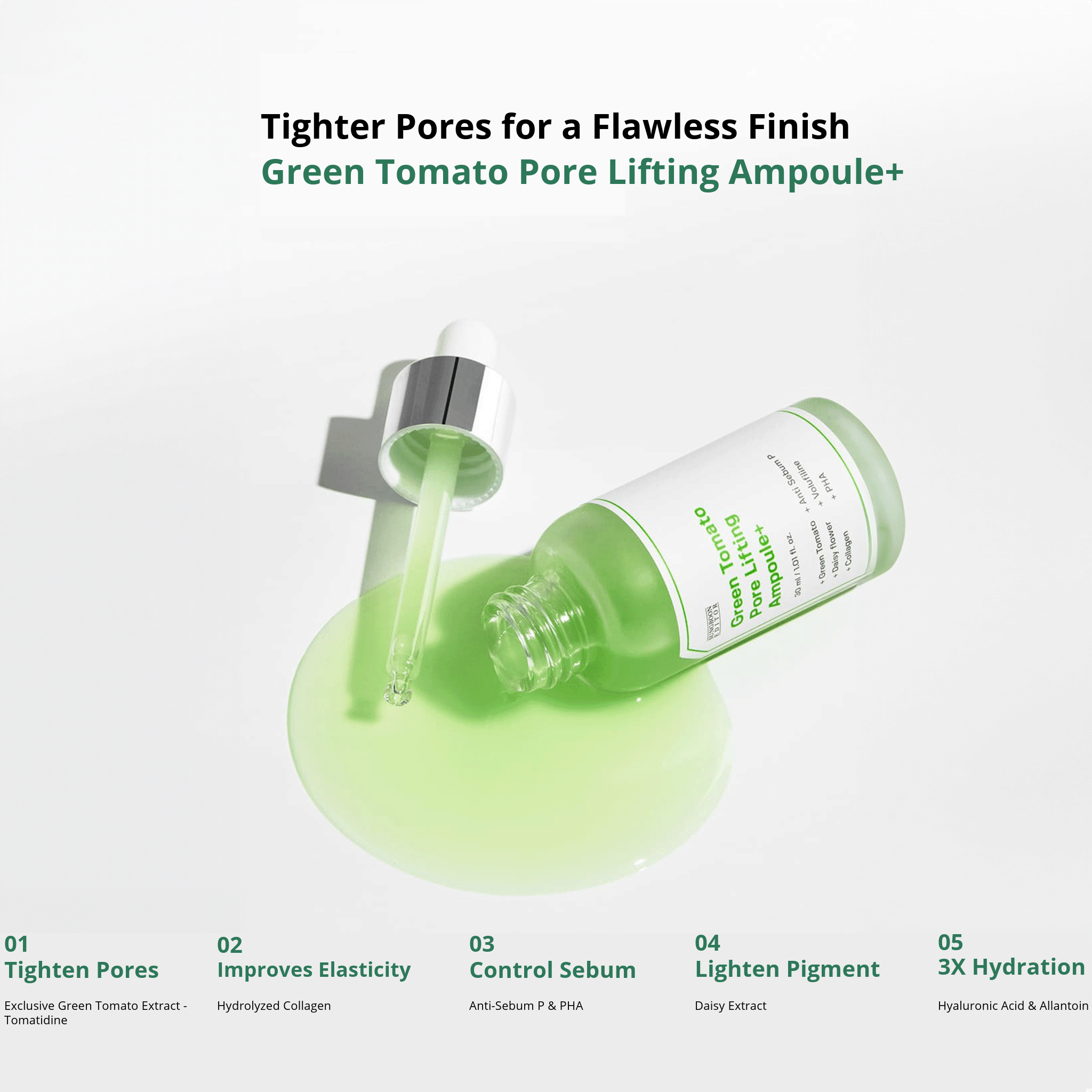
Leave a comment
This site is protected by hCaptcha and the hCaptcha Privacy Policy and Terms of Service apply.